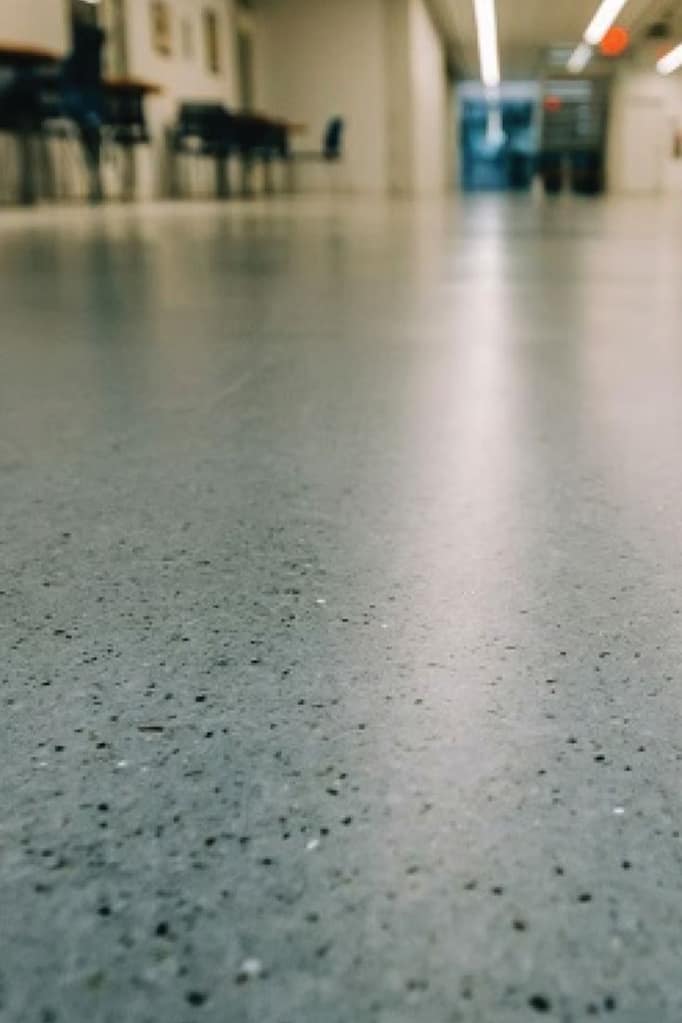Last Updated on February 5, 2025 by Tanya Janse van Rensburg
When it comes to creating a durable and visually appealing floor, professional epoxy flooring is an excellent choice.
Whether you're renovating a commercial space, upgrading a garage, or giving your home a modern touch, epoxy flooring offers a blend of functionality and style that’s hard to beat.
This guide explores what epoxy flooring is, its advantages, and how to maintain it for long-lasting results.
In particular, epoxy flooring in Adelaide has gained significant attention for its ability to withstand wear and tear while elevating the aesthetics of various spaces.
This durable flooring option is not only practical but also versatile, making it a preferred choice for many homeowners and business operators.
Epoxy flooring is created by applying layers of epoxy resin over a concrete surface.
The result is a seamless, high-performance surface that resists damage from impacts, chemicals, and moisture.
Unlike traditional flooring options, epoxy creates a strong bond with the substrate, ensuring exceptional durability.
This type of flooring is popular in both residential and commercial settings due to its wide range of finishes.
From high-gloss coatings that mimic polished stone to textured surfaces designed for slip resistance, epoxy flooring caters to diverse needs and preferences.

Epoxy flooring is known for its ability to endure heavy loads and high traffic.
This makes it an excellent choice for warehouses, garages, and even industrial facilities.
Unlike other materials that degrade over time, epoxy remains intact with minimal maintenance.
Epoxy floors offer a sleek, professional look that complements modern interiors.
Available in various colors, patterns, and finishes, they can be customized to suit specific design preferences.
Metallic epoxy, for instance, creates a unique, three-dimensional effect that adds a touch of luxury.
Maintaining epoxy flooring is straightforward. The smooth surface is resistant to dirt and stains, allowing for quick cleaning with a mop or a soft brush.
Its non-porous nature also prevents moisture absorption, reducing the risk of mold or mildew.
Epoxy coatings are highly resistant to spills, including oils, cleaners, and other chemicals.
This quality makes them ideal for spaces like garages, laboratories, and kitchens, where chemical exposure is common.
Modern epoxy systems are increasingly incorporating eco-friendly formulations.
These low-VOC (volatile organic compound) options reduce environmental impact while maintaining the durability and aesthetics associated with epoxy flooring.

Epoxy flooring isn’t just for garages. Its versatility makes it suitable for a wide range of applications:

When selecting epoxy flooring, consider the following factors to ensure you get the best results for your space:
There are several types of epoxy coatings, including 100% solid epoxy, water-based epoxy, and solvent-based epoxy.
Each has unique benefits, with 100% solid epoxy offering the highest durability and thickness.
Different spaces have different requirements. For example, a garage might need high-performance epoxy resistant to oil stains, while a living room may prioritize aesthetics.
Epoxy flooring is cost-effective, but prices can vary based on the type of finish and application process.
Setting a budget helps narrow down your options without compromising quality.
While DIY kits are available, professional installation ensures a flawless finish.
Experts can assess your space, prepare the surface correctly, and apply the epoxy for a long-lasting result.

Understanding the installation process can help you prepare your space and manage expectations.
Here’s a breakdown of the key steps:
The surface is cleaned thoroughly, and any cracks or imperfections are repaired.
Grinding or shot blasting may be used to ensure proper adhesion.
A primer layer is applied to create a strong bond between the substrate and the epoxy coating.
Multiple layers of epoxy are applied, depending on the desired thickness and finish.
Additives like color pigments or metallic effects can be introduced at this stage.
The epoxy is left to cure for 24-72 hours. During this time, it hardens into a durable and seamless surface.

To keep your epoxy flooring looking its best, follow these simple maintenance tips:

While epoxy flooring offers many benefits, it’s important to be aware of potential challenges:

Professional installation ensures a high-quality finish and minimizes potential issues.
Experts have the tools and knowledge to prepare the surface properly, choose the right epoxy for your needs, and apply it with precision.
Epoxy flooring is a versatile, durable, and stylish solution for a variety of spaces.
Whether you’re renovating your home, upgrading a commercial facility, or transforming an industrial setting, epoxy flooring offers practical benefits and aesthetic appeal.
By choosing the right type of epoxy and ensuring proper installation, you can enjoy a long-lasting, low-maintenance floor that enhances the functionality and beauty of your space.
If you’re considering epoxy flooring, now’s the perfect time to explore its many possibilities.